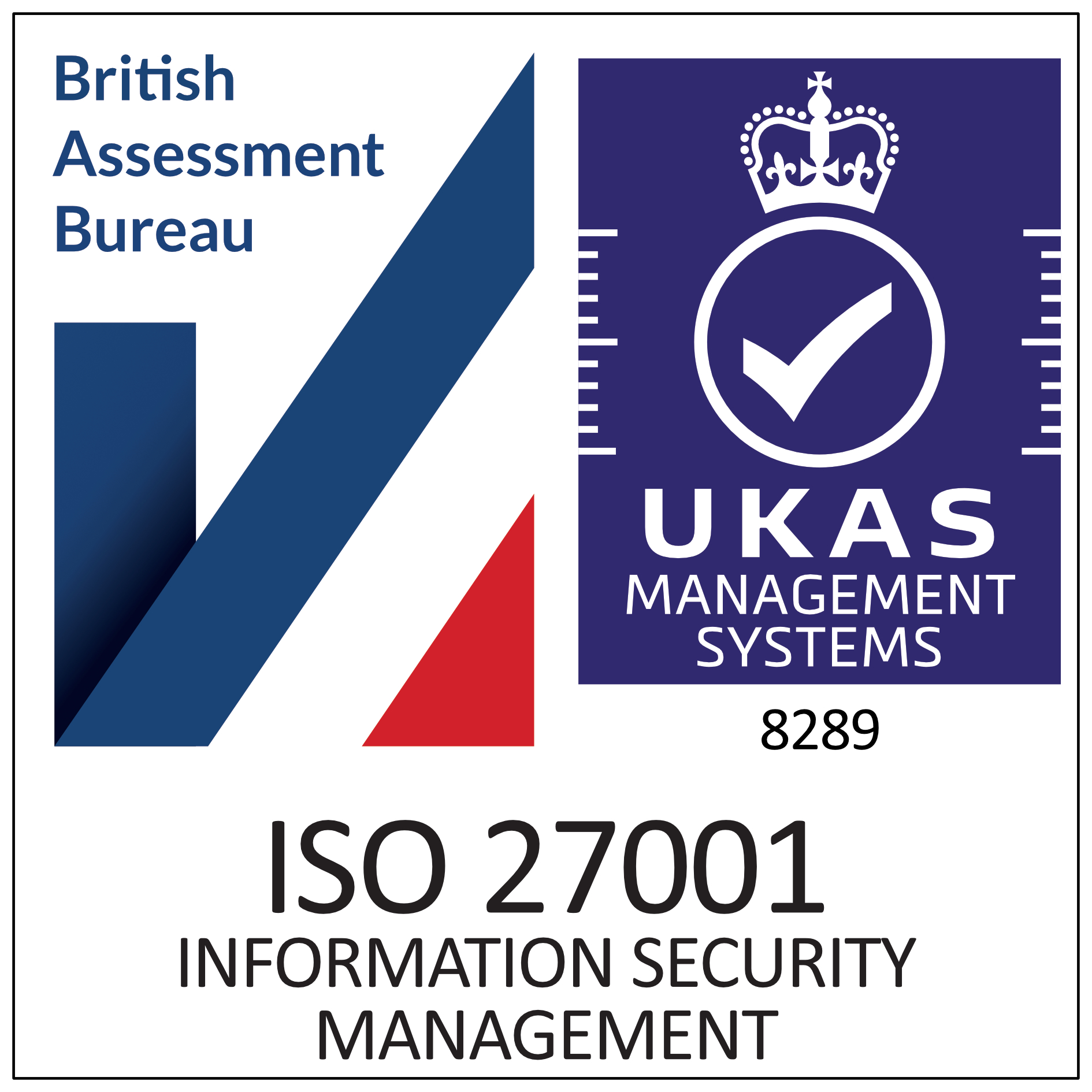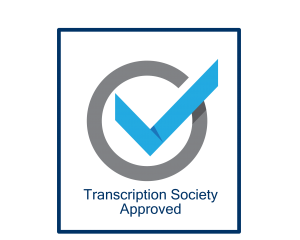What is Verbatim Transcription?
Verbatim transcription is the preparation of a text document, which is an accurate record of an audio or video recording. It includes 100% of the words.
There are two different types of verbatim transcription – intelligent verbatim and true verbatim.
Intelligent Verbatim Transcription
Intelligent verbatim transcription is sometimes referred to as clean transcription, we class this as ‘Level 3 transcription’ and it is our most common option for transcribing academic & business transcription work. With intelligent verbatim transcription, certain elements are omitted by the human transcriber if they add no meaning to the script. This is mainly ums and errs, repetitions and false starts.
This is the level used for most transcription work – it is recommended for research interviews, group discussions and focus groups. It is one of the reasons human transcription is much more effective at providing an accurate & readable transcript than AI transcription.
Professional human transcribers are highly experienced at capturing an accurate record of a recording, but at the same time removing anything not likely to be required.
True or Strict Verbatim Transcription
True verbatim transcription is classed as level 4 transcription work by our company. It is a complete record of every sound or utterance on the recording, which will include pauses, stutters, laughter, false starts, any “erms” and “ahhs”. This can be very useful when a researcher is analysing conversation or language and does not require discourse analysis.
Is Verbatim Transcription usually ‘True Verbatim’ or ‘Intelligent Verbatim’?
Verbatim transcription is used by different people as shorthand for true verbatim or intelligent verbatim and so it can be easily confused. True verbatim should not be confused with intelligent verbatim transcription which is the complete transcription of an audio or video recording into a written document but utilising the skill and ability of the transcriber or transcriptionist to edit out words that are not relevant (see above).
Intelligent verbatim is suitable for just about every type of transcription, but there are still circumstances when verbatim transcripts are extremely important. They include include “erms” and “ahhs”, false starts and similar filler words that in most circumstances don’t really add anything to the content and take the readers’ sight away from the more important or relevant detail.
True verbatim transcription is used for a range of recordings, including court proceedings, police station interviews and formal records of disciplinary meetings.
The simplest way of defining it is to say that it’s a type of transcription used where every word spoken by the parties in the recording is important. This is very different to intelligent verbatim or intelligent verbatim transcription where the words of the parties are not so important but more so the content.
Which costs more – true verbatim transcription or intelligent verbatim transcription?
True verbatim transcription costs more to prepare than intelligent verbatim because the transcriber is going to need to transcribe everything as opposed to simply transcribing the detail that they feel is important. Intelligent verbatim transcription prepared by a professional human transcriber is a full account of everything that’s said, but excluding possibly less than 2% (on average) of the spoken word in order to ignore irrelevant sounds and words, and focus specifically on the content.
Verbatim transcription is really only needed if you’re analysing the spoken word, or you need a full and accurate record of everything that was said because it is a formal document being prepared.
Examples of Intelligent Verbatim Transcription and Verbatim Transcription
We have examples of verbatim transcription and intelligent verbatim transcription and you can see these on our website here.
Questions?
If you have any questions about verbatim transcription please get in touch with us – we will be delighted to assist.









